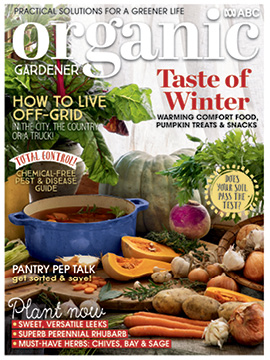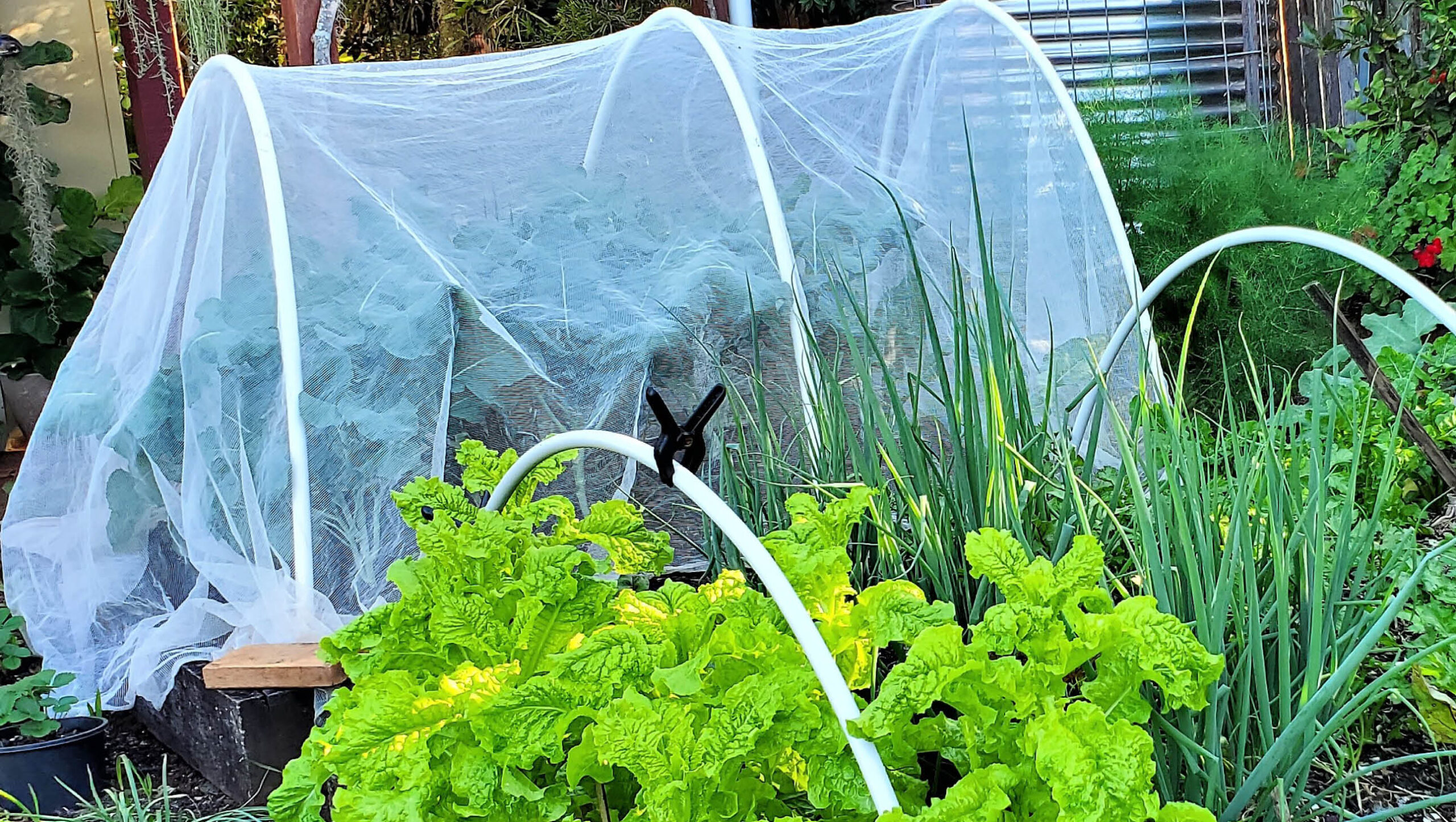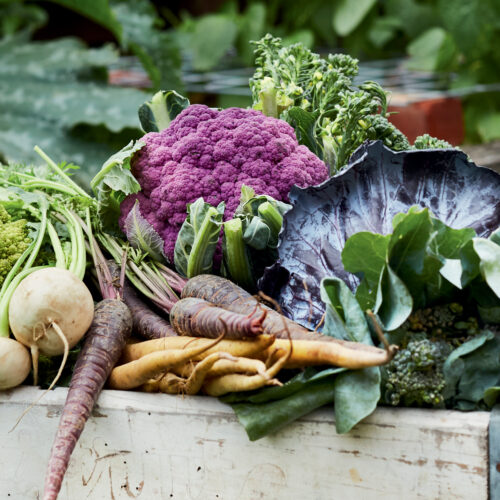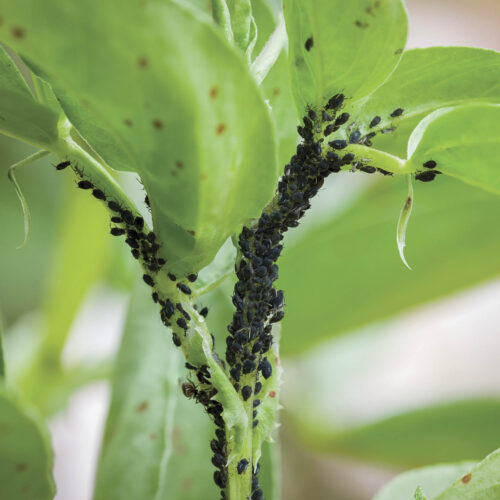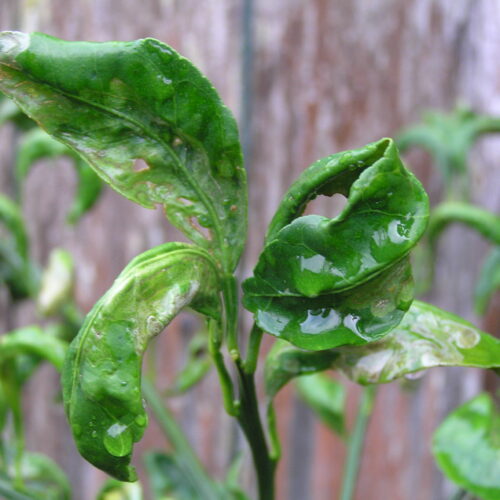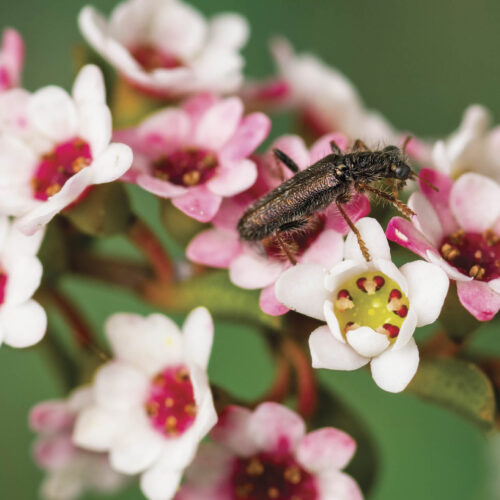Organic pest control: start here
2023-06-21T07:07:15+10:00
Pests and diseases are to be expected, but one way to keep them at bay is to plant the right crops at the right time, writes Phil Dudman.
Starting a plant at a time of year when temperatures suit it’s growing needs, means it’s more likely to thrive and resist pest and disease problems. Even within its preferred growing season, there’ll be times when the plant will perform better.
In my subtropical garden, I can grow cucumber and zucchini in spring, summer and autumn, but it’s the drier period from September to January when they do best. Once the summer rains arrive, the plants tend to fail from disease caused by constantly wet foliage.
Similarly, tomatoes can be grown in the subtropics year-round, but the cooler months make it easier, because fruit fly are less active.
Of course, you can still grow crops during the more vulnerable periods of their growing season, you just need to work a little harder to secure a good harvest. With a clear plastic cover, I can shield my cucumber and zucchini plants from summer downpours to keep them producing.
When fruit flies are most active, I can cover tomatoes with pest exclusion bags and enjoy bumper crops.
Learn more about organic pest control here
Regular inspections
It’s good to get into the habit of checking on your edible plants regularly, particularly vegetables. Have a look at least once a day, or more if possible. This allows you to recognise problems early and nip them in the bud. It could be as simple as noticing a wilting plant that needs watering or shading, or some nibbled leaves that invite closer inspection.
It pays to place your patch somewhere in the garden where it’s easy to keep an eye on things. A vegie patch up the back corner behind the shed is likely to be forgotten. Put it where you can see it from the kitchen or deck, or beside a well-trodden path, out to the car, letter box or compost bins, so you can glance at your plants along the way.
Phil Dudman put together a comprehensive guide to keeping your patch thriving, and controlling outbreaks without chemicals for organic pest control – the full article is in our Winter issue (OG 142).
There’s a selection of back issues available here — you can also subscribe and get the most recent issues delivered to your door!
